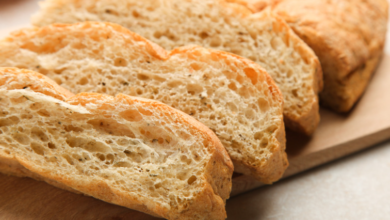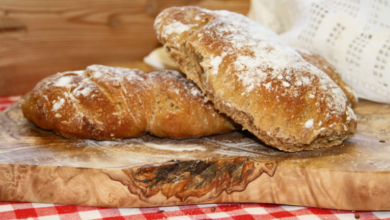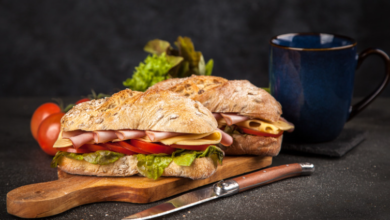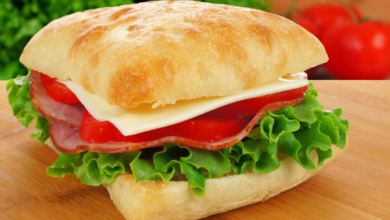Why Is My Ciabatta Flat? Here’s How You Fix It!
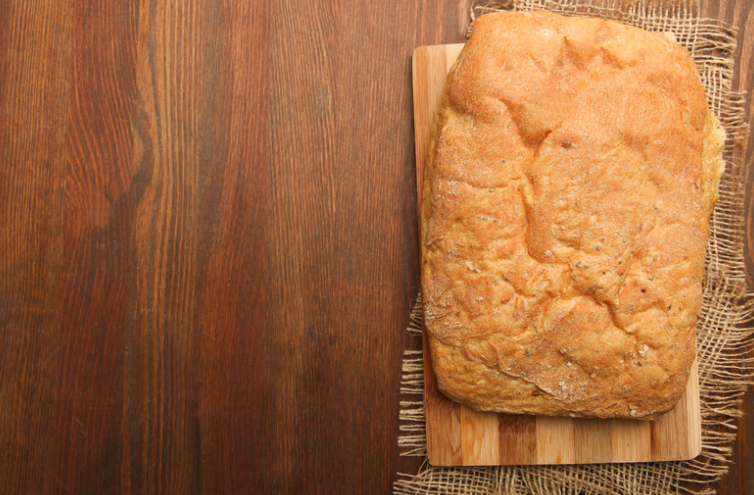
What To Know
- The world of bread baking is a fascinating realm, where the simple combination of flour, water, salt, and yeast transforms into a symphony of flavors and textures.
- A higher hydration dough will result in a loaf with a more open crumb and a crispier crust.
- When steam is introduced into the oven during baking, it helps to create a humid environment that allows the dough to expand and develop its characteristic open crumb.
The world of bread baking is a fascinating realm, where the simple combination of flour, water, salt, and yeast transforms into a symphony of flavors and textures. However, for many aspiring bakers, the quest for the perfect ciabatta often leads to a disheartening discovery: why is my ciabatta flat?
This culinary conundrum can leave you feeling perplexed and frustrated. While ciabatta is known for its airy, open crumb and crispy crust, a flat loaf can be a major disappointment. To help you unravel this baking mystery, let’s delve into the potential causes behind a flat ciabatta and explore the secrets to achieving the ideal loaf.
The Importance of Hydration
One of the key factors that determines the height of your ciabatta is hydration. Hydration refers to the ratio of water to flour in the dough. A higher hydration dough will result in a loaf with a more open crumb and a crispier crust.
For ciabatta, a hydration level of around 75-80% is recommended. This means that for every 100 grams of flour, you would use 75-80 grams of water. If your dough is too dry, it will be difficult to shape and will not have enough elasticity to rise properly. On the other hand, if your dough is too wet, it will be difficult to handle and may spread out too much during baking.
The Role of Dough Strength
Another important factor to consider is the strength of your dough. Dough strength refers to the ability of the dough to hold its shape and rise. This is determined by the amount and type of gluten in the flour.
For ciabatta, a medium-strength flour is recommended. Bread flour or a blend of bread flour and all-purpose flour will provide the right balance of gluten strength and extensibility. If your flour is too weak, the dough will not be able to support its own weight and will collapse during baking. Conversely, if your flour is too strong, the dough will be difficult to shape and may become tough and chewy.
The Art of Shaping
The way you shape your ciabatta dough can also impact its height. Ciabatta dough is typically shaped into a long, flat loaf. To achieve a tall, airy loaf, it is important to shape the dough gently without overworking it.
After shaping, allow the dough to rest for 15-20 minutes before baking. This will give the gluten time to relax and will help the dough to rise more evenly.
The Importance of Steam
Steam plays a crucial role in creating a tall and airy ciabatta. When steam is introduced into the oven during baking, it helps to create a humid environment that allows the dough to expand and develop its characteristic open crumb.
To create steam, you can place a shallow pan of water on the bottom rack of the oven before preheating. Alternatively, you can spray the dough with water before baking.
The Right Temperature
The temperature of your oven is also important for achieving a tall ciabatta. Ciabatta should be baked at a high temperature, around 450-500 degrees Fahrenheit (230-260 degrees Celsius). This high temperature will help to create a quick burst of steam and will prevent the dough from spreading out too much.
Patience Is Key
Finally, it is important to remember that patience is key when baking ciabatta. Ciabatta dough requires a long rise time in order to develop its characteristic flavor and texture. Do not rush the process, and allow the dough to rise until it has doubled in size.
Summary: The Path to Ciabatta Perfection
Baking the perfect ciabatta is a journey of experimentation and learning. By understanding the importance of hydration, dough strength, shaping, steam, temperature, and patience, you can unlock the secrets to achieving a tall, airy loaf that will elevate your culinary creations.
Basics You Wanted To Know
Q: Why is my ciabatta dense and chewy?
A: This could be due to overworking the dough, using too strong of a flour, or not allowing the dough to rise long enough.
Q: Why is my ciabatta crust too thick?
A: This could be due to baking the ciabatta at too low of a temperature or not creating enough steam during baking.
Q: Why is my ciabatta crumb too tight?
A: This could be due to using too little water in the dough, overworking the dough, or not allowing the dough to rise long enough.

